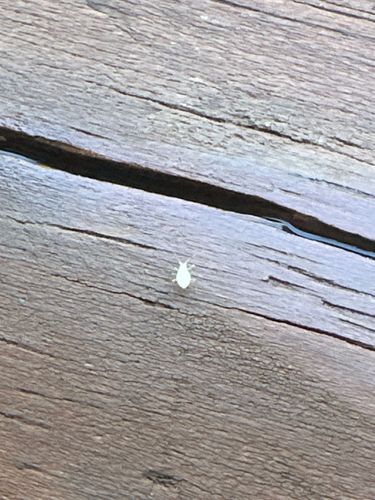Aphid
Scientific Name: Aphidoidea (Superfamily)
Order & Family: Hemiptera, Aphididae
Size: 1-10 mm

Natural Habitat
Found on various plants, including agricultural crops, gardens, and ornamental plants. They prefer fresh, soft plant growth.
Diet & Feeding
Aphids are phytophagous, meaning they feed on plant sap using their piercing-sucking mouthparts. They extract nutrients from the phloem of plants.
Behavior Patterns
Aphids often live in colonies on the undersides of leaves or on new stems. Many species reproduce asexually (parthenogenesis), allowing for rapid population growth. They produce a sugary waste product called honeydew, which can attract ants and lead to sooty mold growth. Some species migrate seasonally.
Risks & Benefits
Potential risks include significant damage to crops and garden plants by sapping nutrients, stunting growth, and transmitting plant viruses. Benefits include being a food source for beneficial insects like ladybugs and lacewings, which can help with pest control.
Identified on: 9/19/2025